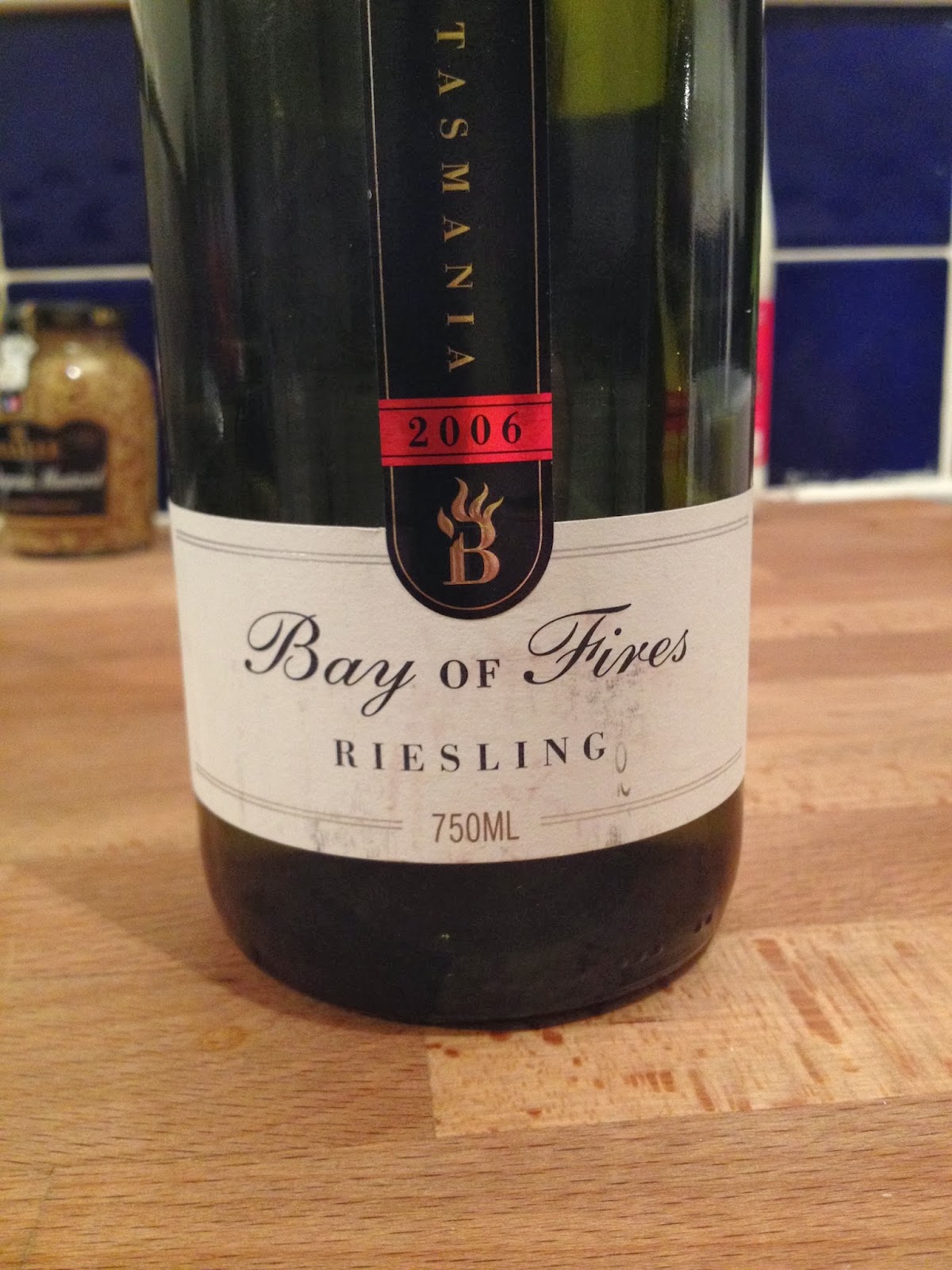 Recently I have become more interested in the wines of South Africa, and is think this is due mostly to being exposed to it at a really interesting tasting in Nottingham, and in a new book I got about wines from the Southern Hemisphere, which has some really interesting info on wines and history of the Western Cape.
Recently I have become more interested in the wines of South Africa, and is think this is due mostly to being exposed to it at a really interesting tasting in Nottingham, and in a new book I got about wines from the Southern Hemisphere, which has some really interesting info on wines and history of the Western Cape.South African wine, developmentally is really interesting. Wine has been made in the Cape since the late seventeenth century, when French Huguenots in exile began cultivating vines, initially in and around Cape Town, then Constantia (where the famed dessert wine Vin de Constance comes from). In fact, Francshhoek in Paarl, one of the oldest towns in South Africa, is the Dutch for 'French Corner', for the high levels of French who settled here. It is also worth saying that wines that come from Francshhoek are often more French in style.
This French influence seems to have run through all the wines I have tasted recently, particularly those of both the Northern and Southern Rhone Valleys. The following are some of those wines.....

Bellingham Estates Bernard Series Roussanne, 2013
Bellingham are a pretty large producer in SA, but their Bernard Series wines are a smaller project which began in a small corner of their Francshhoek cellars at the start of the 21st century. The wines, like The Foundry wines in the same picture are based on a New World take on the Southern Rhone. The fruit mostly comes from Francshhoek, with some also coming from further north in Paarl, picked from low lying, north facing vineyards. Paarl is one of the warmer regions of The Cape, but Francshhoek's low lying vineyards rely on and benefit from the shadows cast by the Elephant's Corner mountains, once known as Oliphants Hoek to keep them cool.
 This is a pretty big wine, with a real smokiness on the nose, with peaches, apples and mangos, and an almost yeasty aroma. Although it comes from a pretty warm place, there is some acidity, and a slight oiliness on the palate, and fantastic length. That soft, oaked tropical fruit comes through too, making a really enjoyable wine.
This is a pretty big wine, with a real smokiness on the nose, with peaches, apples and mangos, and an almost yeasty aroma. Although it comes from a pretty warm place, there is some acidity, and a slight oiliness on the palate, and fantastic length. That soft, oaked tropical fruit comes through too, making a really enjoyable wine.Glenelly Grand Vin 2008
A blend of Cabernet Sauvignon (40%), Shiraz (40%), Petit Verdot (14%) and Merlot (6%). This winery has in recent years been taken under control by a bit of a Bordeaux legend. Madame May de Lenquesaing, of Chateau Pichon Languville Comtesse de Lalande. This takeover in 2003 has done nothing but good things for Glenelly, they produce fantastic wines at various levels. This wine has spent 18 months in French oak, a third of which is new.
What a big, but structured wine. The nose is packed with tabacco, green pepper and blackcurrant, and a distinct prickle of spice. It is almost intoxicating in its richness, which comes through on the palate. More blackcurrant, and a savoury earthiness, all wrapped up in grainy, well integrated tannin. There is a fair amount of acidity too which really lifts the wine and gives it a refreshing edge. At no point did it come across as too heavy or cloying. It'll certainly keep over the coming years!
The Spice Route, Mourvedre, 2009.
Spice Route is the second project by Fairview founder, Charles Back. Fairview began in Paarl, and sourced from various sites within the surrounding regions, which is how we came across the Klein Amoskuil farm in Malmesbury, Swartland. Under performing Chenin Blanc and Pinotage vines were pulled up and replaced with varieties found more frequently in the Southern Rhone, and in this case, Provence too. Bushvines reign around here, these gnarly, low slung, small quantity producing vines are suited perfectly to the hot Paarl climate.
The colour of this wine is near black, with aromas or brine, black olives, smoked meats, blackberries and vanilla. It has spent 12 months in two and three year old French oak, which adds a lovely softness to the palate. Tannin isn't huge in here, but it is evident, and has grip. Acid is also really well balanced and helps the palate retain freshness. I really enjoyed this wine, and with a couple of Spice Route's other wines winging their way to me as I write, I can't wait to taste a few more!
I'm often being told that at some point 'I'll come to my senses' and get properly stuck in to The Old World, rather than with the new; California, New Zealand, Australia and now South Africa. If this is the case and I will eventually become more obsessed with European wines, then maybe South Africa is a good place to start. The connections aren't just historical between the Old World and New here. The re-imagining of French styles is constantly evolving here, with French greats moving to The Cape, and graduates from Stellenbosch wine making courses going the other way, the two seem more separated by geography than anything else.
For now though, I'll certainly continue exploring new and interesting things down in The Cape.








